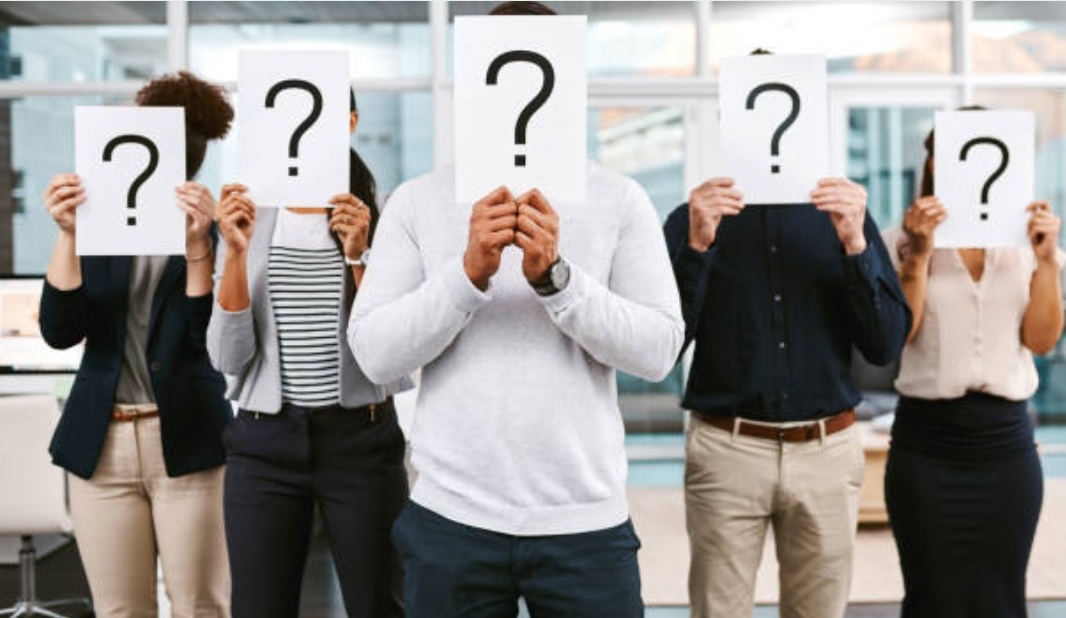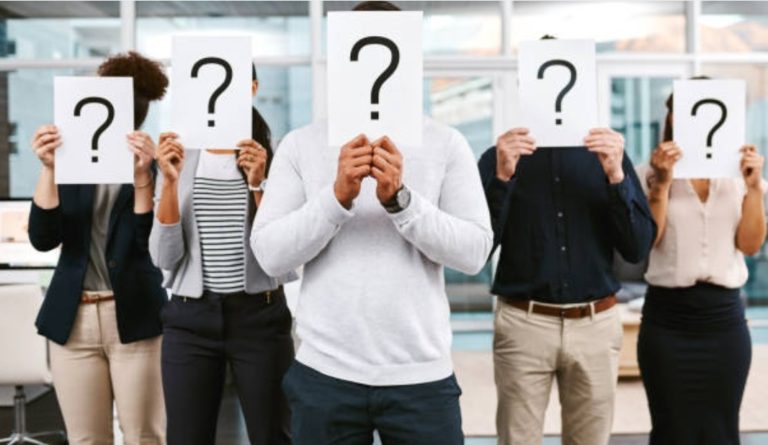In an era marked by social progress and ongoing struggles for equality, the role of African-American individuals in identifying threats to their communities has taken on renewed significance. This responsibility extends beyond the realm of personal safety; it encompasses the protection of the collective well-being, social cohesion, and the pursuit of justice. By recognizing and addressing potential threats, Black people contribute not only to the security of their neighborhoods but also to the advancement of a more just and equitable society.
One of the primary reasons for the importance of identifying threats lies in the historical context of systemic oppression. Black communities, have long been disproportionately impacted by various forms of adversity, including crime and violence. Recognizing potential threats enables Black people to take proactive steps to safeguard their communities from harm, ensuring a safer environment for all.
Moreover, identifying threats is essential for maintaining social cohesion and fostering a sense of unity. By identifying and addressing individuals or groups that may perpetrate harm or violence, Black community members contribute to a shared sense of security and trust. This unity strengthens the community’s ability to collectively respond to challenges and promote a culture of mutual support and cooperation.
Identifying threats also plays a crucial role in advocating for justice and accountability. In cases where individuals engage in harmful or criminal activities against the Black community, addressing these threats helps uphold the principles of fairness and equality.
Furthermore, recognizing threats can contribute to breaking the cycle of negative stereotypes, challenge prejudiced narratives that perpetuate stigma and discrimination. This effort fosters a more accurate understanding of the community’s dynamics and strengths, ultimately contributing to positive change and combating bias.
In conclusion, by taking an active role in identifying and addressing potential threats, Black people contribute to the creation of safer, more resilient, and more equitable communities. This proactive stance not only enhances the quality of life within the neighborhoods but also exemplifies a commitment to the broader goals of social progress and empowerment.












+ There are no comments
Add yours